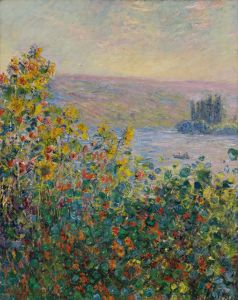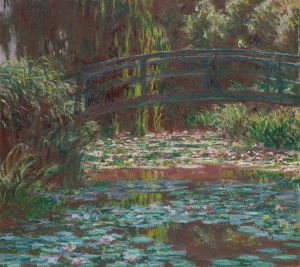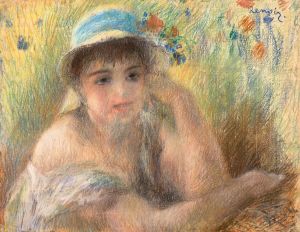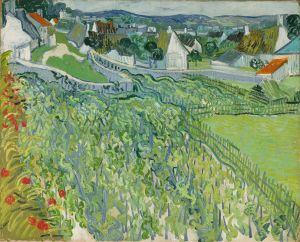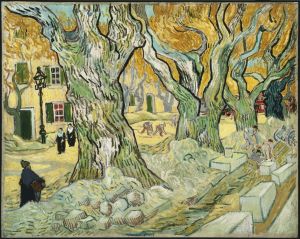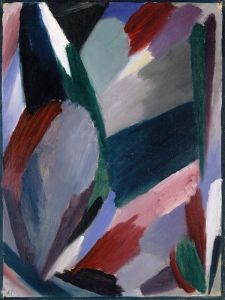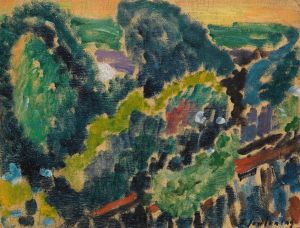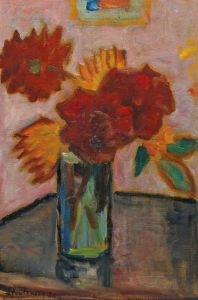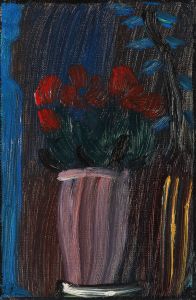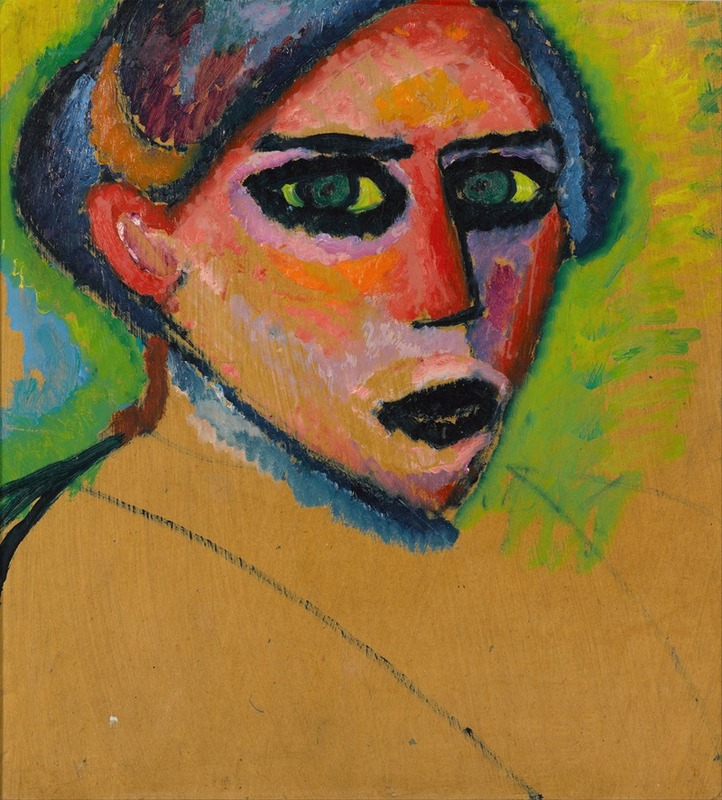
Woman’s face
A hand-painted replica of Alexej von Jawlensky’s masterpiece Woman’s face, meticulously crafted by professional artists to capture the true essence of the original. Each piece is created with museum-quality canvas and rare mineral pigments, carefully painted by experienced artists with delicate brushstrokes and rich, layered colors to perfectly recreate the texture of the original artwork. Unlike machine-printed reproductions, this hand-painted version brings the painting to life, infused with the artist’s emotions and skill in every stroke. Whether for personal collection or home decoration, it instantly elevates the artistic atmosphere of any space.
Alexej von Jawlensky was a Russian expressionist painter known for his vivid use of color and bold, emotive portraits. One of his notable works is "Woman’s Face," which exemplifies his distinctive style and approach to portraiture. Jawlensky was a key figure in the development of expressionism in the early 20th century, and his work often focused on the human face, exploring the emotional and spiritual dimensions of his subjects.
"Woman’s Face" is part of Jawlensky's series of works that delve into the theme of the human visage. This painting, like many of his others, is characterized by its vibrant palette and the use of strong, expressive lines. Jawlensky's technique often involved the application of thick layers of paint, which contributed to the intensity and depth of his portraits. His approach was influenced by his association with other avant-garde artists of the time, including Wassily Kandinsky and Franz Marc, with whom he was involved in the Blue Rider (Der Blaue Reiter) movement.
The Blue Rider was an influential group of artists based in Munich, Germany, who sought to transcend the traditional boundaries of art by emphasizing spiritual and emotional expression. Jawlensky's work during this period reflects these ideals, as he aimed to convey the inner essence of his subjects rather than merely capturing their physical likeness. "Woman’s Face" is a testament to this philosophy, as it focuses on the emotional resonance and spiritual presence of the subject.
Jawlensky's portraits often feature a stylized, almost abstract representation of the face, with an emphasis on the eyes, which he believed were the windows to the soul. In "Woman’s Face," the eyes are a focal point, drawing the viewer into the emotional world of the subject. The use of bold colors and simplified forms is typical of Jawlensky's mature style, which he developed over years of experimentation and refinement.
Throughout his career, Jawlensky was influenced by various artistic movements and styles, including Fauvism and Russian icon painting. These influences are evident in his use of color and form, as well as in the spiritual undertones of his work. "Woman’s Face" reflects his interest in the expressive potential of color and his desire to create a universal language of emotion through art.
Jawlensky's contributions to modern art have been recognized for their innovative approach to portraiture and their impact on the expressionist movement. His works are held in high regard and are featured in major art collections around the world. "Woman’s Face" remains an important example of his artistic vision and continues to be appreciated for its emotional depth and vibrant expression.
In summary, "Woman’s Face" by Alexej von Jawlensky is a significant work that captures the essence of his expressionist style. Through the use of color, form, and emotive representation, Jawlensky created a portrait that transcends the physical to explore the spiritual and emotional dimensions of the human face.






